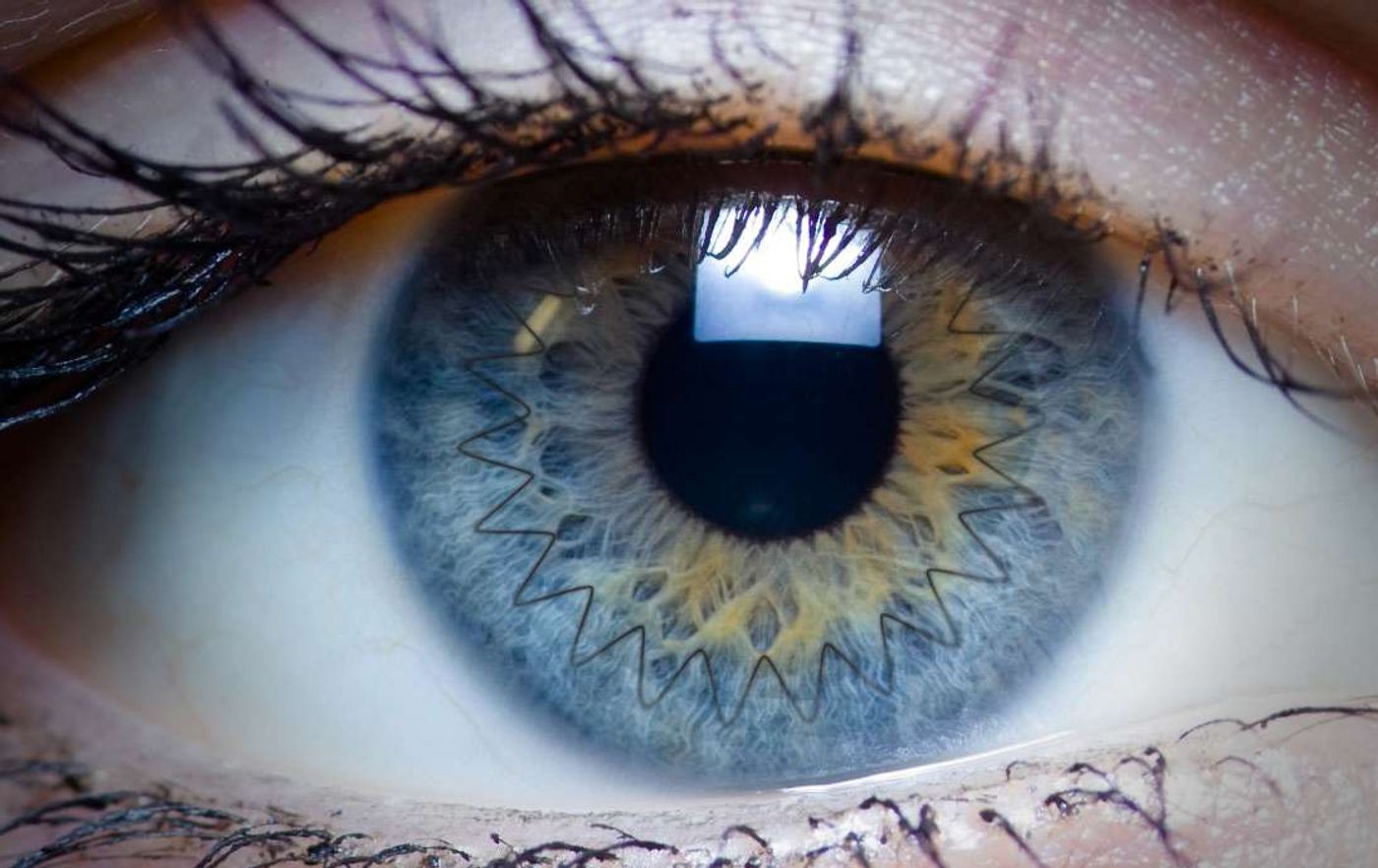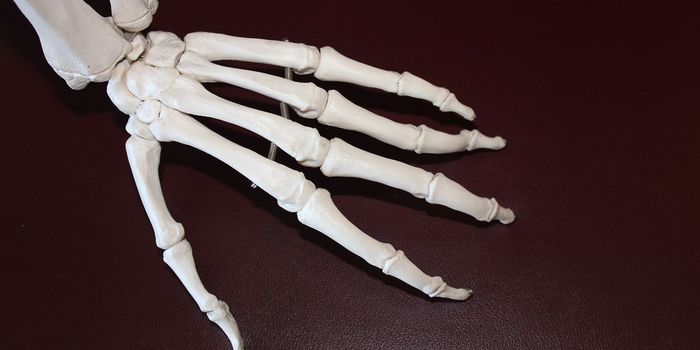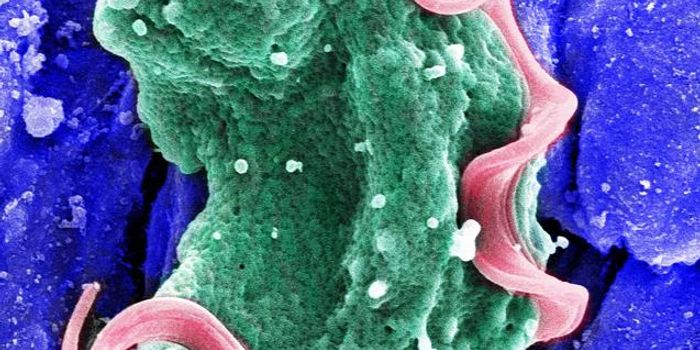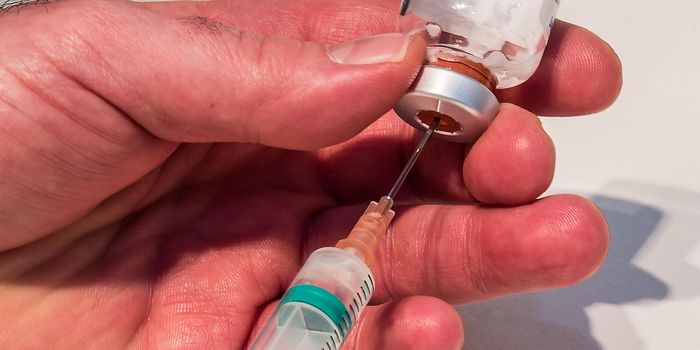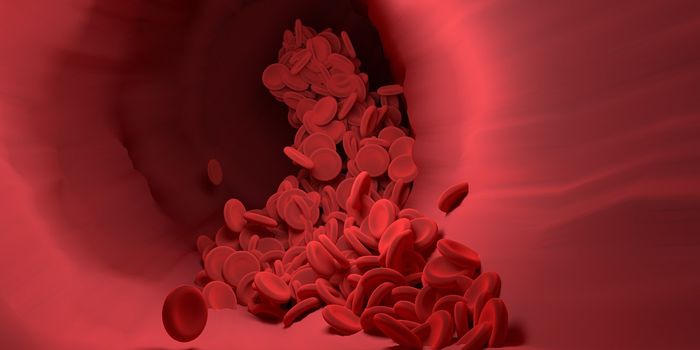Cytokine "Cocktail" Lowers Risk of Corneal Graft Rejection
Corneal transplants can be especially risky for some patients, when steroids intended to suppress the immune system fail to prevent graft rejection. A new approach alters the graft instead of the immune system to improve the chance of a successful procedure, and preclinical results show promise.
Like a window that needs to let light into a room so people can see, the cornea helps focus light into the eye to facilitate the sensation of sight. When the cornea is damaged due to scarring or disease, a corneal transplant is necessary. The procedure is vastly common, with more than 150,000 corneal transplants completed annually across the globe. Conditions that can cause the type of corneal damage leading up to a transplant procedure include infections like herpes keratitis, trauma or injury, and hereditary diseases like Fuchs’ dystrophy.
Steroid treatments inhibit the immune system’s natural response to foreign corneas, but the too-common failure of steroids to prevent graft rejection led experts to estimate that nearly one-third of all corneal transplants are considered to be at high risk of rejection. From the Massachusetts Eye and Ear Infirmary, a new approach involves applying a cocktail of cytokines, TGF-beta and IL-10, directly to donor corneal tissue to overcome the flaws encountered with only using steroid treatments.
Cytokines are chemical messenger cells that facilitate communication in a variety of ways in the immune system. For the purpose of the new approach for improving corneal transplants, this particular mix of cytokines targets antigen-presenting immune cells in donor tissues to make the foreign tissue tolerable by the host immune system after the procedure.
"We exposed donor tissue to a particular cocktail of immunoregulatory cytokines, and we've determined what doses, concentrations and exposure we need for these cytokines to generate tolerance inducing antigen-presenting cells in the cornea,” explained senior author Reza Dana, MD, MPH.
Dana’s new technique has already had some success in preclinical model results: 68.7 percent of grafts with new pretreatment cocktail survived after eight weeks as opposed to zero percent of the control grafts.
"By exposing the transplant tissue to these cytokines, we avoid having to expose the transplant recipients themselves to any immunosuppressive," Dana explained. "When we grafted the tissue that has been treated that way, we developed active tolerance, which leads to long-term acceptance of the corneal transplant and suppresses all the destructive sides of immunity."
Dana and his team are especially exciting about the potentially quick application of the new cytokine cocktail to clinical models for study. Failure rates for high-risk corneal transplants are usually 50 percent or greater, and lowering the rate of transplant failure could be lifechanging for people with severe corneal diseases causing pain and blindness.
The present study was published in the journal Scientific Reports.
Sources: American Academy of Ophthalmology, Massachusetts Eye and Ear Infirmary, International Anesthesiology Clinics, National Eye Institute
